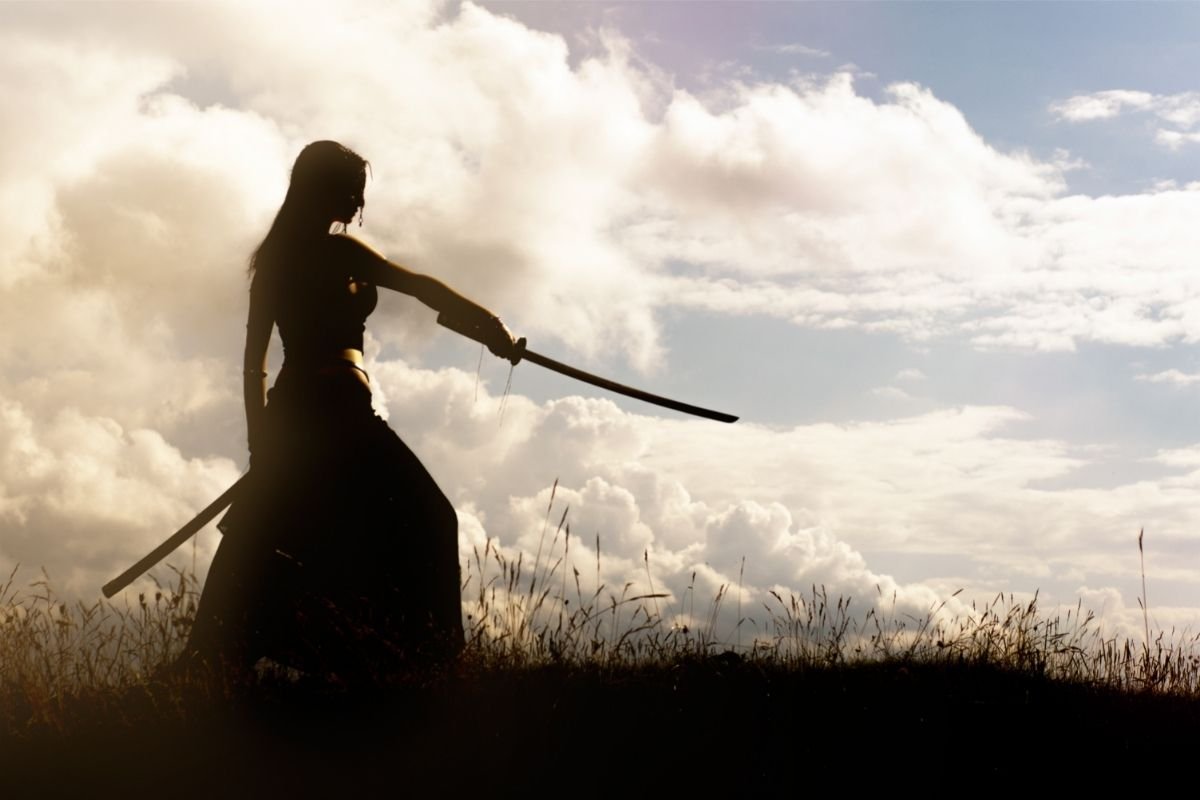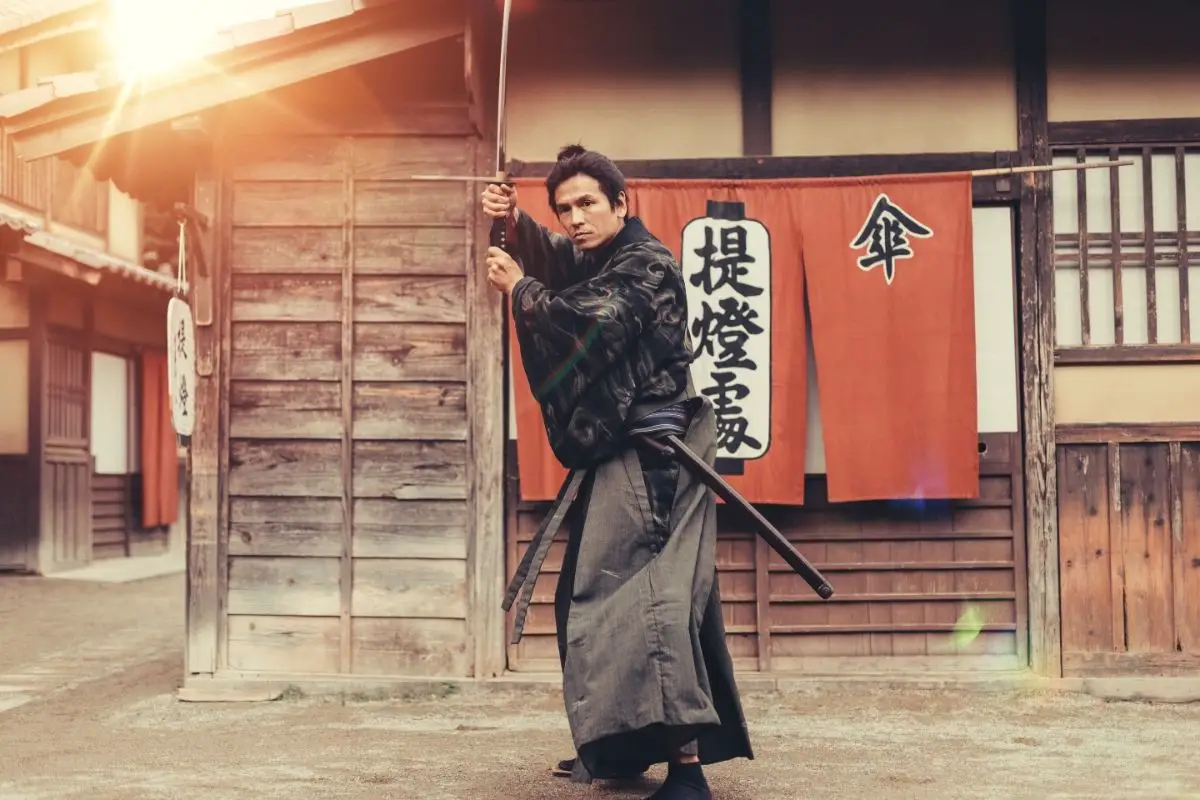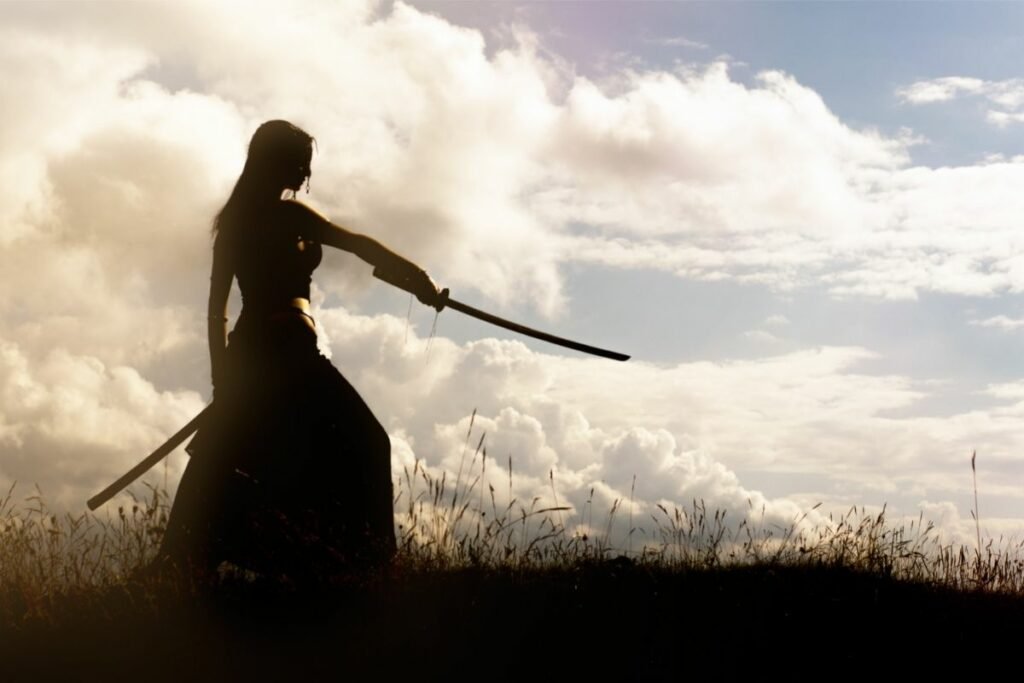The Samurai are famous around the world for their skill in combat, fierce loyalty, and iconic armor and weaponry.
They have been immortalized in many films and TV series, and their influence in Japanese society and culture is so foundational that many of their tenets and beliefs still permeate their culture today.

But do Samurai exist today?
In this guide, we’re going to answer this interesting question, as well as a little more info about who the Samurai were, where they came from, and where they are now.
What Were Samurai?
The Samurai were among the nobility of feudal Japan, known for their military prowess.
In many ways, they were similar to the knights of medieval Europe, as they were among the most highly trained and skilled warriors, who were governed by a specific code of honor known as the Bushido Code (if you want to know more about the similarities between Samurai and Knights, read here).
They were often paid as retainers to a daimyo, who would’ve been a very powerful feudal landlord akin to a duke or lord of medieval Europe.
The Samurai commanded a lot of respect and received many special privileges for their service and loyalty, such as being allowed to wear two swords in public.
They fought extremely bravely and were characterized by their unflinching loyalty in the face of staggering odds, indifference to grievous injuries and pain, but they also had a huge cultural effect on Japan and contributed widely to poetry, literature, and art, and were among some of the most highly cultured and educated people in Japan.
Their armor and weaponry were masterworks of craftsmanship, and they utilized these to great effect, combining their skill with some of the finest weaponry to obliterate their enemies.
Where Did Samurai Come From?
The Samurai emerged during the Kamakura shogunate which was in power in the 12th century, from 1185, and which lasted until 1333.
During this time the Samurai rose in power, prominence, and influence to become the dominant political class, holding much sway over the politics and organization of Japan, and also much responsibility for the welfare of their people and lands.
When the Mongols invaded in the 13th century the prowess of the Samurai was one of the key reasons why they were able to resist the invasion successfully, ensuring that Japan retained its independence, as well as handing the Mongols a rare defeat which would set a boundary on the eastward expansion.
Throughout the peaceful Edo era of Japan (1603 to 1868) the Samurai transitioned from warrior elite to able stewards and councilors of state, helping their daimyo administrate the provinces and acquiring much knowledge of statehood, as well as more education and experience in leadership.
By the 1870s some 5% of the Japanese population were a part of Samurai families. However their dominance and control weren’t to last forever, and they would soon be made obsolete.
During the Meiji Restoration, their feudal roles ended and they transitioned from their traditional roles into white-collar work such as professional careers and entrepreneurship.
Despite the loss of their military and administrative influence and hegemony, the Samurai are an integral part of Japanese culture, sculpting key periods of Japanese history and culture.
Samurai art, memory, and thought are still prominent ideas in Japanese society today, and they are often lauded for their admirable qualities, attaining a similar prestige to the chivalrous knights of Europe.
Do Samurai Still Exist?

The Samurai don’t exist in any official capacity today, as they were abolished in the 19th century by emperor Meiji in 1868, stopping the salary payments of the samurai class and prohibiting the public wearing of swords, as well as confiscating the lands and properties of all samurai.
This led the samurai to become farmers or bureaucrats.
However, while officially the samurai were abolished, there are still many descendants of samurai in Japan today, and several proud clans of samurai exist.
These descendants would never claim to be samurai in casual conversation, however, as Japan is a very peaceful country, and these people have normal lives and jobs today.
While their heritage and ancestry are something to be proud of, most samurai clans and families don’t flaunt their roots openly.
There are some 5 samurai clans that exist in Japan, such as the Imperial Clan (the ruling family of Japan, led by Emperor Naruhito who sits on the Chrysanthemum throne, as well as the Shimazu clan, a branch of the Minamoto Clan.
Why Were Samurai Abolished?
There were several factors that led to the abolishment of the Samurai. First and foremost, their usefulness under the increasingly peaceful and stable rule was in question, as well as their considerable influence which could tip the balance of political power in Japan quite easily.
However, the modernization and urbanization of Japan, as well as the end of Japanese isolationism were also key factors that encouraged the Emperor to disband the samurai.
What Is The Bushido Code?
Bushido, or ‘the way of the warrior’, was the moral code of the Samurai and governed various aspects of their behavior and lifestyle.
As mentioned earlier, it is similar to the code of chivalry in Europe, however, there have been several iterations of Bushido throughout history, with contemporary forms of the code still being used in some aspects of the social and economic culture of Japan.
The 7 virtues of Bushido were;
- Gi – Justice/Integrity
- Yu – Courage
- Rei – Respect
- Makoto – Honesty
- Jin – Mercy/Benevolence
- Meiyo – Honor
- Chugi – Loyalty
Final Thoughts
While the samurai were a very powerful part of Japanese society, their role in Japan now is diminished as they transitioned into the modern society of Japan, taking normal jobs and positions to integrate into the new organization of the country.
While some families and clans can trace their lineage back to the samurai, the samurai as an organized force no longer exists, but their impact on Japanese society lives on.









